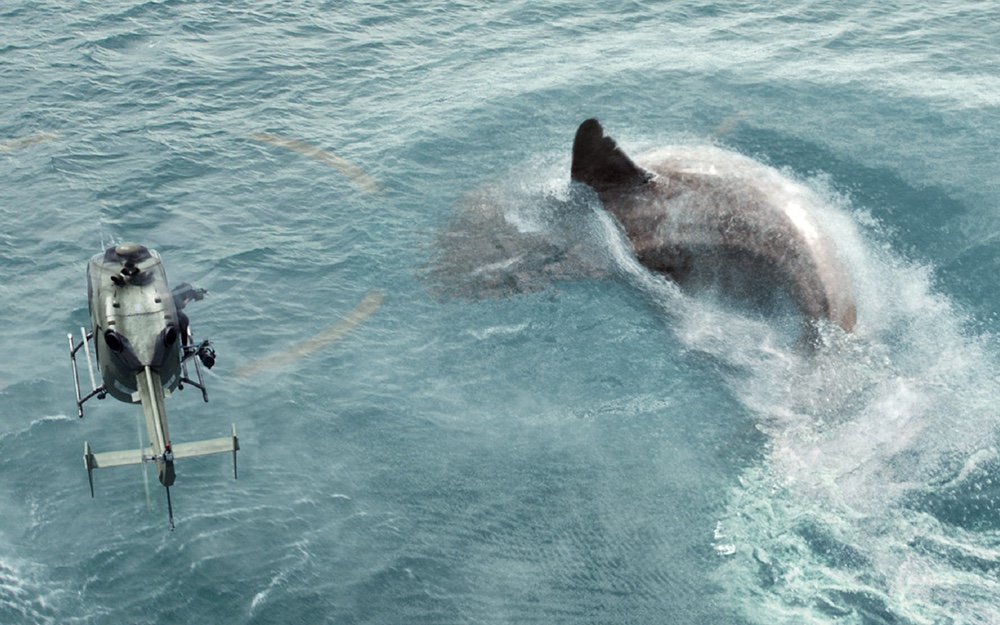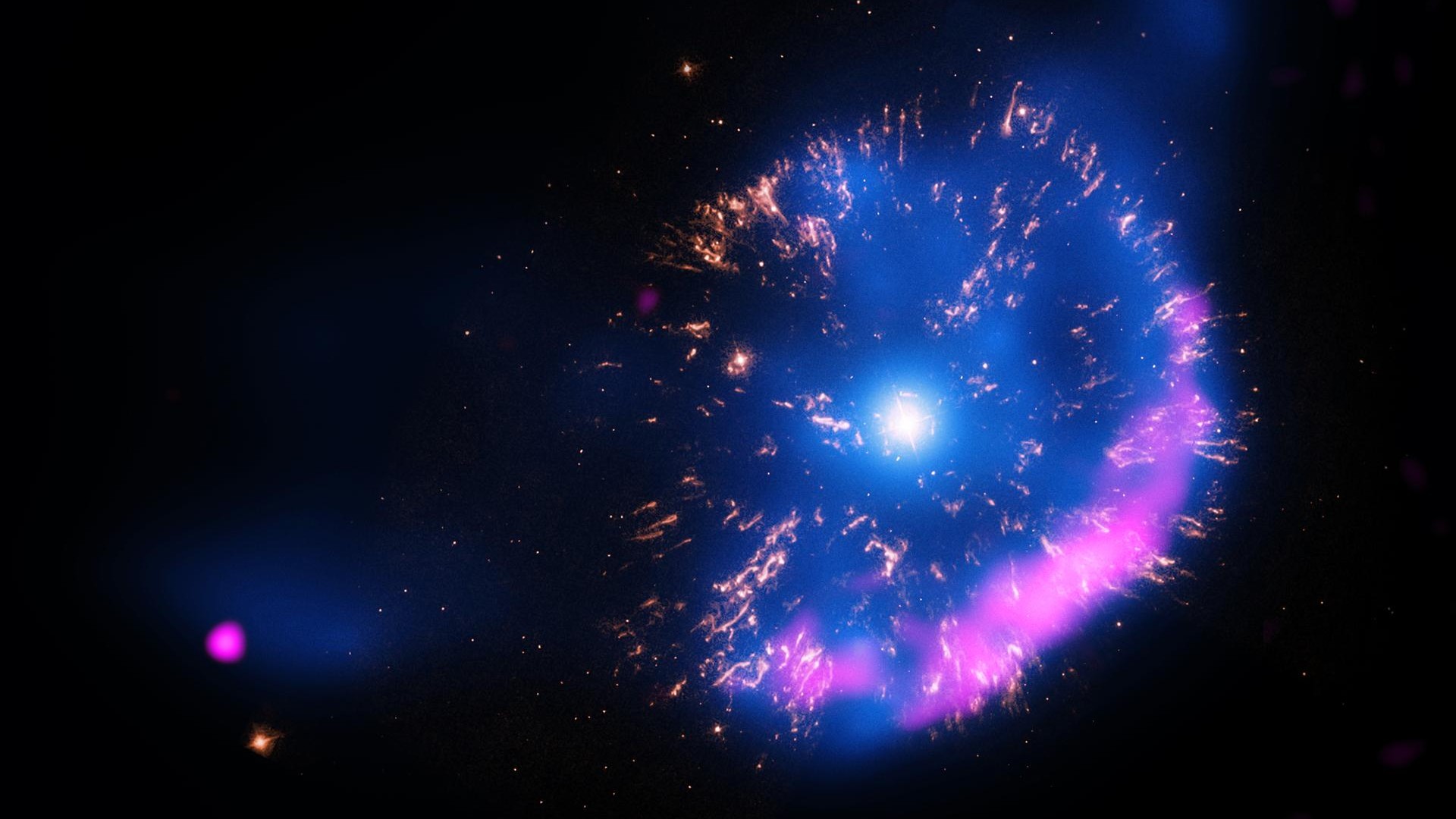Science of 'The Meg': How Scientists Know the World's Largest Shark Is Gone Forever

Picture a shark as long as a bowling lane, with teeth bigger than your hand and a bite as powerful as a T. rex's. This toothy predator was called Megalodon. It was the biggest shark that ever lived — and fortunately for us, it went extinct almost 3 million years ago.
But in the movie "The Meg," one, solitary Megalodon is still lurking in the depths of the Pacific Ocean. It attacks a deep-sea submersible and terrorizes beachgoers, until a team of intrepid marine biologists figure out how to defeat the giant shark and save the day. Is that even remotely possible?
Now, Megalodon was a real shark. It measured up to 60 feet (18 meters) long and was the largest shark that ever lived. Most Megalodon fossils date to 15 million years ago. But about 2.6 million years ago, all evidence of this enormous shark vanished. [Image Gallery: Ancient Monsters of the Sea]
To be fair, the ocean's a big place — it covers 71 percent of Earth's surface and extends to depths up to 36,200 feet (11,000 m). How do scientists know for sure that Megalodon really did go extinct, and that there isn't a rogue giant shark hiding out there somewhere?
The thing is, scientists are quite certain that Megalodon is long gone. Here's how they know.
The most abundant Megalodon fossils are their teeth. The distinctive appearance of these teeth and where they're found, help scientists reconstruct the extinct shark's size and where it lived.
Megalodon teeth disappeared from the fossil record about 2.6 million years ago. Sharks shed teeth throughout their lifetimes, so not finding teeth anywhere is a pretty good sign that the sharks are gone.
Get the world’s most fascinating discoveries delivered straight to your inbox.
Based on the distribution of their fossil teeth, they lived in tropical and subtropical waters around the world, so it's not like they were restricted to small, isolated ranges where a rogue survivor could hide out and possibly be overlooked.
Their preference for warm waters also means that a lone shark probably wouldn't hide in the cold ocean depths, and would more likely feed near the surface, where they'd be easily seen.
And just think for a minute about how much food a 60-foot shark would need to survive. A hungry predatory beast the size of a bus would put a pretty big dent in marine ecosystems — which the commercial fishing industry would probably notice. Giant marine predators also leave behind recognizable marks in gnawed bones and scars in survivors' bodies (or on their carcasses). But no such evidence has surfaced.
There's no question that Megalodon was an impressive animal — but the only way that we'll be seeing one now is in movies like "The Meg," and as fossils in natural history museums.
Original article on Live Science.

Mindy Weisberger is a science journalist and author of "Rise of the Zombie Bugs: The Surprising Science of Parasitic Mind-Control" (Hopkins Press). She formerly edited for Scholastic and was a channel editor and senior writer for Live Science. She has reported on general science, covering climate change, paleontology, biology and space. Mindy studied film at Columbia University; prior to LS, she produced, wrote and directed media for the American Museum of Natural History in NYC. Her videos about dinosaurs, astrophysics, biodiversity and evolution appear in museums and science centers worldwide, earning awards such as the CINE Golden Eagle and the Communicator Award of Excellence. Her writing has also appeared in Scientific American, The Washington Post, How It Works Magazine and CNN.


